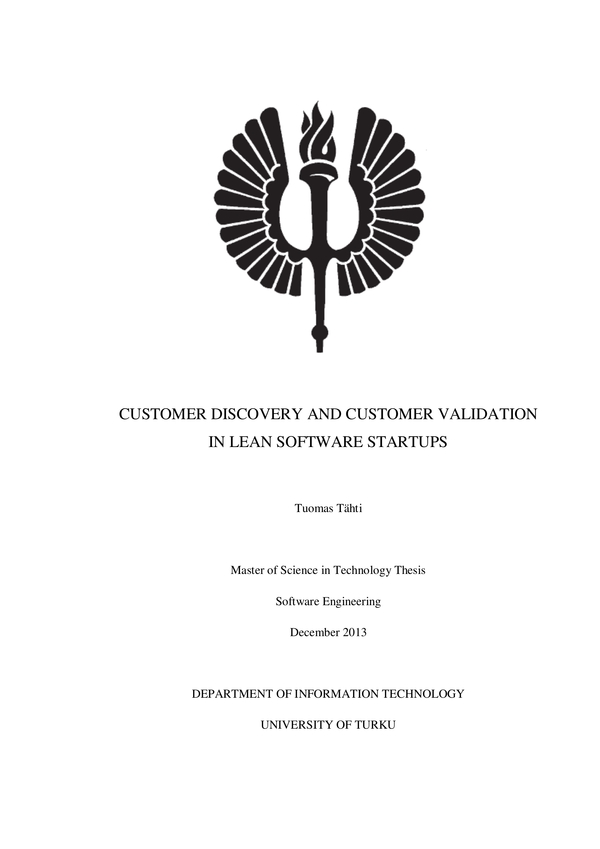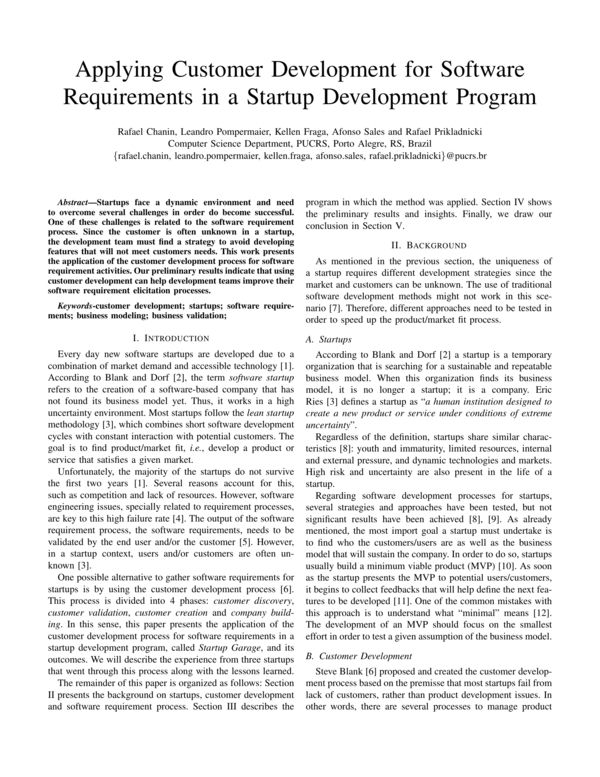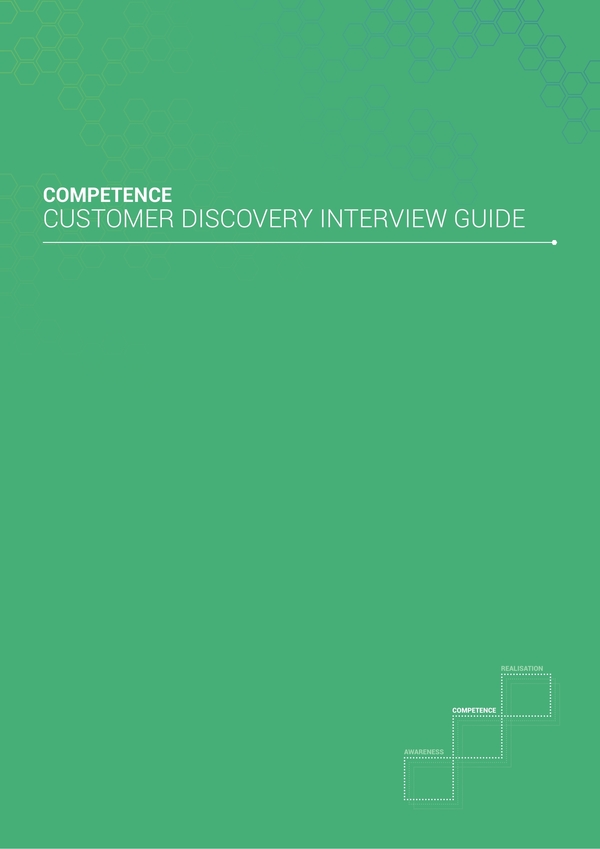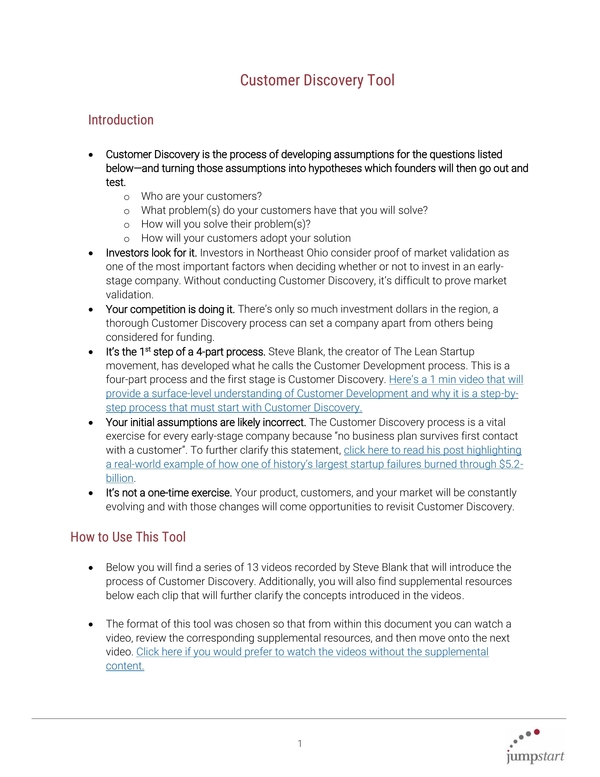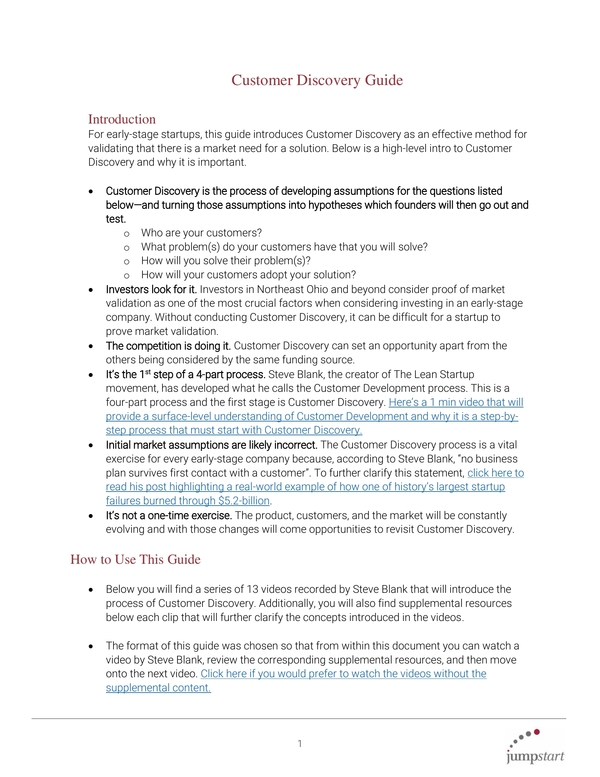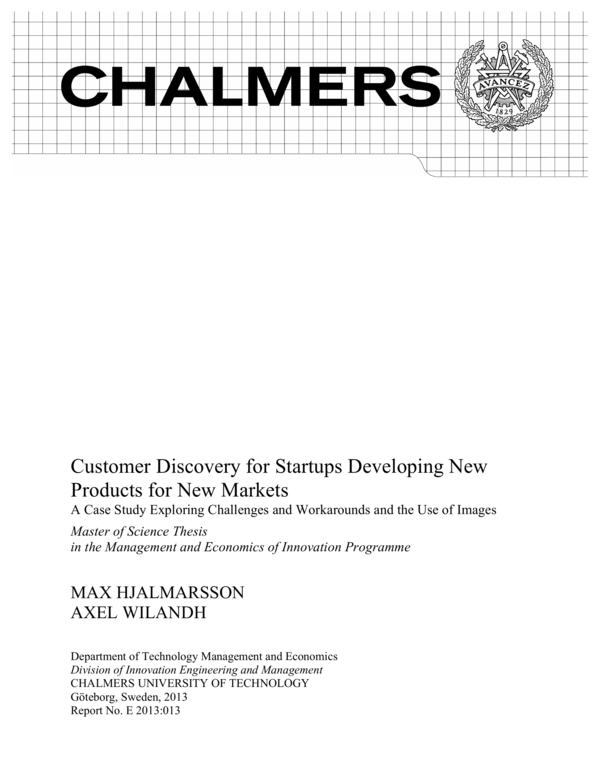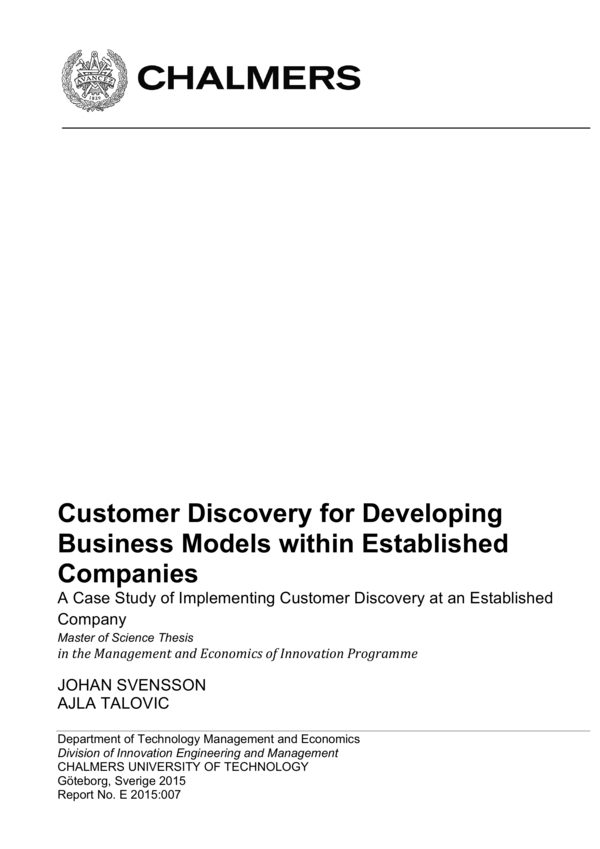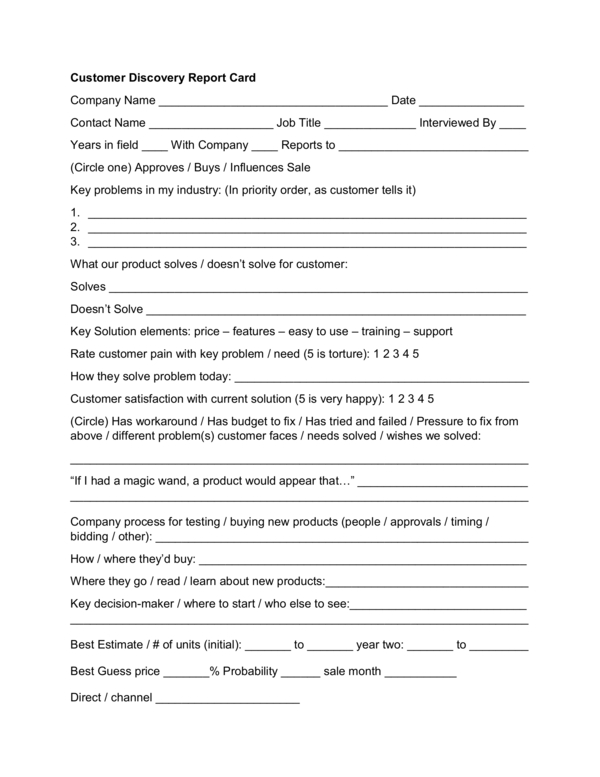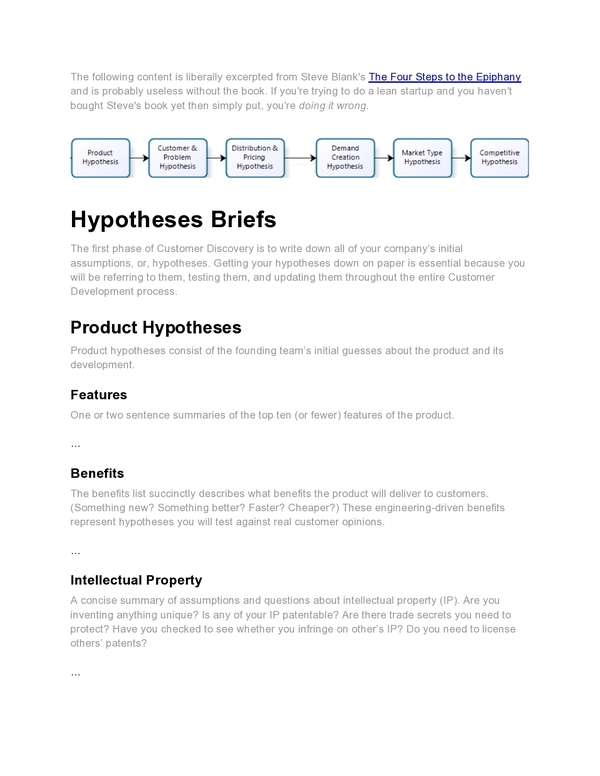8+ Customer Discovery Examples to Download
Families and friends are one of the best people that you can lean on with your problems. They may support you on whatever path you choose for yourself. However, if you will ask them inputs about your business plan, there will be chances that they will give you biased data simply because they love you. They don’t want to provide you with negative news. Therefore, if you need to create unbiased ideas for your business, you will need to rely on scientifically calculated information.
As a business owner, you need to know that startups operate in a very different way from large businesses. Unlike big companies, startup companies have to search for new business models for operations. You will have to rely on scientifically based methods such as customer discovery.
What Is Customer Discovery?
Customer discovery is a term that has been circulating in the entrepreneurial world for a while now. If you are in the right circle, you must have heard it. However, what is really a customer discovery? Have you heard the name Steve Blank and Eric Ries? Well, these people have contributed a great deal to Lean startup. Lean startup is a developing business methodology that aims to shorten the product development cycle and help business people decide whether or not a proposed business model will work.
Part of this methodology is to conduct customer development where customer discovery is a part. By conducting customer discovery, you can question your core business assumptions. Meaning, in this process, as a business owner or founder, you will gather your visions to form a business model hypotheses. You will, then, develop these hypotheses and create a plan to test it on the customers.
To give you a more thorough understanding of how to conduct customer discovery, we included a section in this article on how to create a customer discovery.
Be a Detective!
If you are an inexperienced entrepreneur, your resources can be limited. In this case, you may rely more on the opinions that people around you will provide, which you might not prove yourself. Thus, you will get information that are not reliable. To acquire more reliable information, you will have to use scientific methods. In customer discovery, you will have to ask questions like scientists or detectives. Meaning, you will get more reliable information.
8+ Customer Discovery Examples and Templates
We understand that developing a discovery for a business idea can be tough, so we collated a list of templates and examples that you can use with your project. Go over and download these documents!
1. Customer Discovery and Customer Validation in Lean Software Startups
2. Applying Customer Development for Software Requirements in a Startup Development Program
3. Customer Discovery Interview Guide
4. Customer Discovery Tool
5. Customer Discovery Guide
6. Customer Discovery for Startups Developing New Products for New Markets
7. Customer Discovery for Developing Business Models within Established Companies
8. Customer Discovery Report Card
9. Customer Discovery Hypotheses Documentation Template
How to Execute a Customer Discovery
Now that you have seen how a customer discovery looks like follow the following step by step process on perfecting your customer discovery.
1. Form a Hypothesis
The first thing that you will do in customer discovery is to come up with a problem and a solution that you are going to propose. This part can be a little tricky, though. To create a reasonable hypothesis, you will want to make it more specific. For example, in your location, no laundry shop opens at night when people arrive from work and school. Your hypothesis can be, “My idea is to open a 24-hour laundry shop for the people who only come home at night.”
You will, then, breakdown your assumptions. You may include in your theories that your market is experiencing the problem you mentioned in your hypothesis and that the solutions that you offered can solve the issue at hand. You can also assume that your target market will be willing to pay the price for the solution that you have provided.
You can also build a persona of your customer. When including this information in your hypothesis, you need to be specific. You can provide information such as age, career, hobbies, interests, and opinions about the industry of your proposal.
2. Test: Ask Questions
If building a hypothesis is a little bit tricky, this one can be a little bit of a hassle since this will require getting information from people. You have to get the information directly from your prospective customers. Yes! You need to go out there and ask questions about your target market. For example, your hypothesis is opening a 24-hour restaurant for 80% of the population in your area who are awake at night. You don’t want to ask the other 20% of the people who you are expecting to sleep at night.
Another thing that you should remember is since you are going to ask questions like a detective, you will not just go and ask people directly about your business. You will need to come up with a strategic method in asking questions. By asking the proper questions, you will let them decide the right product to solve their problem.
3. Evaluate and Polish
At this point, you will be able to determine whether or not the solution that you have provided in your hypothesis is an excellent business opportunity to pursue. Aside from that, since the questions you will ask in the testing period are open-ended, there will be possibilities for you to uncover more opportunities that you haven’t considered in your hypothesis. In this case, you may have to go back to the first step.
Going back to the beginning can be frustrating, but think about it this way: If you go and spend your money to start your business without undergoing this process, and you realized that you are pursuing the wrong path, it will be too late.
4. Customer Validation
This step is part of the next part of the customer development process, but this will give you an idea of whether or not your hypothesis is worth pursuing. Thus, it is crucial to learn more about customer validation after you master customer discovery. In this step, you will test whether the result of the customer validation you conducted is repeatable and scalable. If it is not, you will have to go back to step 1.
Starting a business is not as easy as counting from 1 to 3. Yes, there are a lot of business opportunities out there, but it can be a trap to the inexperienced entrepreneurs. That is why we recommend for you to do more research before you blindly plunge yourself in business ventures and invest your money just to realize in the future that you are putting it to waste. However, if you have experienced failure in your first startup, don’t lose hope just yet. According to a statistical report about startups posted on forbes.com, startup business leaders who have experienced failure have a 20% higher chance of succeeding in their next venture compared to other business leaders.



